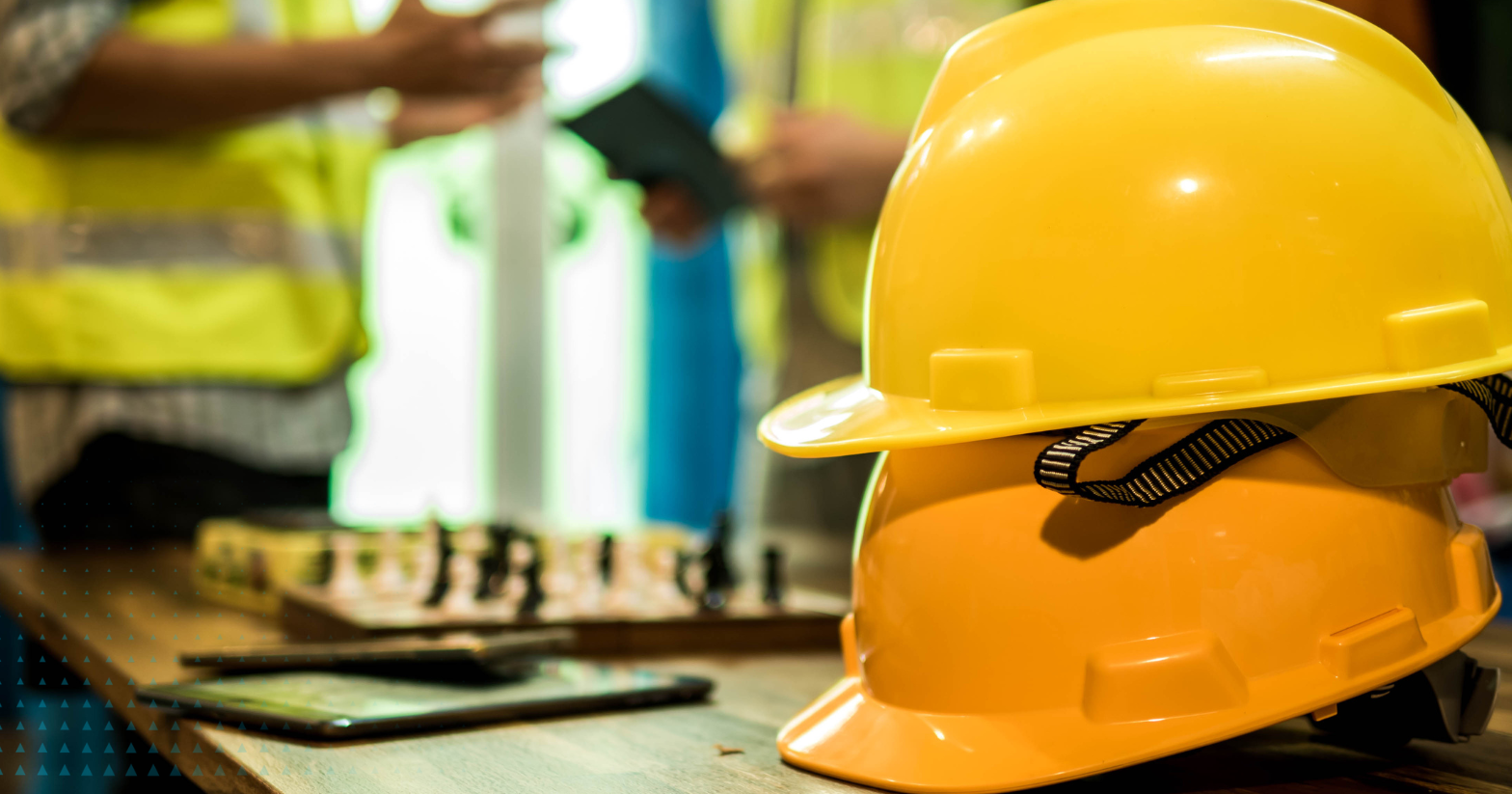Effective safety meetings are critical to a successful safety strategy. Meetings are crucial in maintaining a safe working environment, especially in high-risk industries like shipbuilding. Successful safety meetings impart necessary information and engage employees, ensuring they understand and apply safety protocols in their daily work. We recently spoke with several safety professionals within our membership. Our first blog in this series features Deron Conaway, Safety Director of First Marine. We spoke with Conaway to find out how he conducts meaningful toolbox talks and safety meetings at his facility in Kentucky.
How do you select the topics for your safety meetings?
Deron Conaway: I typically select the safety topics myself, drawing from compliance requirements, field observations, and input from employees and supervisors. While I usually hold these meetings on Wednesdays, I sometimes adjust the schedule to address upcoming non-routine tasks to prepare my team for potential elevated risks.
What strategies do you use to keep employees engaged during safety talks?
Deron Conaway: Keeping employees engaged can be challenging, but I have developed several strategies. I use props for hands-on demonstrations, especially for topics like fall protection. I also incorporate video clips and even create my own videos to highlight specific observations from the field. I tend to always have an outline in my head of what I'm going to cover, but I like to keep it loose so that I can be responsive and react to the situation.
Why do you prefer holding safety meetings midweek?
Deron Conaway: I prefer holding toolbox talks on Wednesday mornings because midweek meetings help keep employees attentive and focused. I vary my approach to these talks, using methods like videos, quizzes, and audience participation to maintain engagement. I try to always engage the guys I work with to keep their attention because that's always the challenge.
How do you address serious incidents or near misses in your meetings?
Deron Conaway: When addressing near misses or serious incidents, I shift my tone to match the gravity of the situation. These moments serve as wake-up calls for employees, highlighting the importance of safety protocols. When you see something happen, and yes, nobody was hurt possibly, but it makes them understand that we might have fun with all this, but at the same time, it is very serious subject matter.
How do you ensure that the safety protocols discussed are being applied on the job?
Deron Conaway: I spend a lot of time in the field, working alongside my team and conducting audits. This hands-on approach allows me to observe whether safety protocols discussed in meetings are being applied on the job. I quiz employees on safety topics and encourage them to identify and address potential hazards. I keep it light, but I may grill some of them once in a while to see if they can answer a question or observe a situation and tell me what kind of hazard or risk we might be looking at and what they're going to do about it.
How do you leverage influencers within your team?
Deron Conaway: Influencers within the team—employees who have the respect and attention of their peers—are important. I involve these individuals in problem-solving processes and seek their input on safety approaches. By doing so, I foster a culture of respect and collaboration. A lot of it is just giving people the respect they deserve and the attention for being that kind of person.
What advice would you give to other safety managers looking to improve their meetings?
Deron Conaway: Know your audience, be respectful of their time, and build rapport. Understand the people you are addressing, their jobs, and their challenges. Keep meetings succinct and to the point. Establishing relationships with employees can significantly enhance the effectiveness of safety communications. Knowing their personal lives and interests helps in delivering a more impactful message. My essential piece of safety advice is to always look forward in any task, anticipate the next step, and consider what could go right or wrong. Planning and preparation are crucial in managing safety effectively.
Final Thoughts
Leading effective safety meetings requires a balance of engagement, seriousness, and practical application. Deron Conaway’s approach at First Marine demonstrates that with the right strategies, safety meetings can be both informative and impactful, ensuring that employees not only understand safety protocols but also implement them in their daily work.
If you are a safety professional and ALMA member, we encourage you to check out our member resource center. There, you will find a wide variety of guidance documents, safety talks, videos, and other materials created to keep you and your teams safe.


